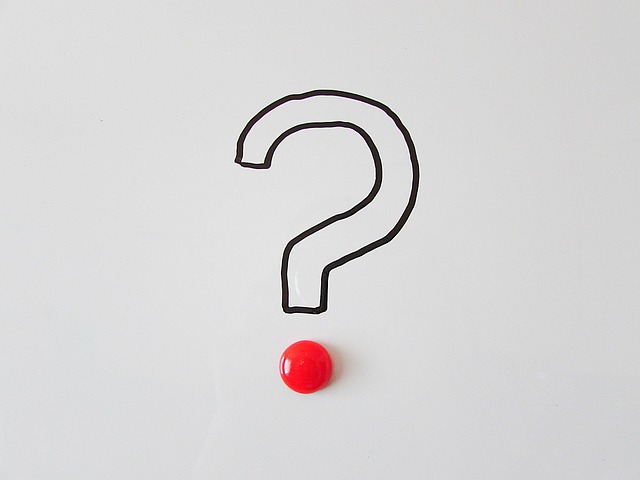Photography is more than just a way to capture moments; it is a powerful medium that intersects art, culture, and ethics. As we delve deeper into the world of photography, we are faced with a myriad of ethical questions. Every frame we capture can tell a story, evoke emotion, or even spark controversy. With the advancements in optics and cameras, the accessibility of photography has increased, but so too has our responsibility to navigate the complex landscape of ethical issues.
Consider a photograph of a poignant moment, perhaps a candid shot of a stranger immersed in their own world. While this image may evoke empathy and emotion, it raises significant ethical questions. Did the photographer have consent? Is the subject aware that their private moment has become public? These inquiries are essential in understanding the moral compass that guides photographers in their practice.
In the age of social media, sharing images has become as common as breathing. Each snapshot taken with a smartphone or a professional camera has the potential to reach millions, transforming the context in which it was originally taken. As photographers, we must ask ourselves not only what we are capturing but what the implications of sharing that image might be. Are we respecting the dignity of our subjects? Do we perpetuate stereotypes or social injustices through our photos?
When it comes to humanitarian photography, the stakes are even higher. Capturing the struggles of those less fortunate can be a double-edged sword. On one hand, these images can raise awareness and drive social change; on the other, they can exploit vulnerability and reduce complex human experiences to mere visual spectacles. The ethical questions here are profound: Who benefits from these images? Are we lifting voices, or are we merely using human suffering as bait for likes and shares?
The optics of our camera don’t just focus light; they also focus our intent. A photographer’s lens can open windows to the world, yet it can also create barriers. The framing of an image plays a crucial role in how it is perceived. Are we choosing to highlight certain aspects while obscuring the truth? The ethical responsibility of a photographer extends beyond the click of a shutter; it involves a commitment to honesty, transparency, and respect.
Moreover, the rise of digital technology has introduced new dimensions to ethical questions in photography. With tools like Photoshop and various editing software, the line between reality and manipulation is increasingly blurred. While post-production can enhance images, it also raises concerns about authenticity. Are we presenting an accurate representation of our subjects and their environments? Or are we creating an illusion that may mislead viewers?
As we explore the complexities of photography, we must also acknowledge the audience’s role in this dialogue. Viewers bring their interpretations, biases, and cultural backgrounds to each image. This interaction means that the ethical impacts of a photograph reach beyond the photographer’s intention. What responsibilities do we have as consumers of visual media? How can we cultivate a critical eye and recognize when we are witnessing exploitation rather than artistry?
In navigating these myriad ethical questions, photographers can find guidance in their personal values and the principles of ethical storytelling. Building a framework that emphasizes consent, context, and compassion can help us make informed choices behind the lens. Photography is a profound way to share stories and connect with others, but it carries an ethical weight that should never be overlooked. As we continue to document the world around us, let us do so with an awareness that our craft holds the power to shape narratives and influence perceptions.



